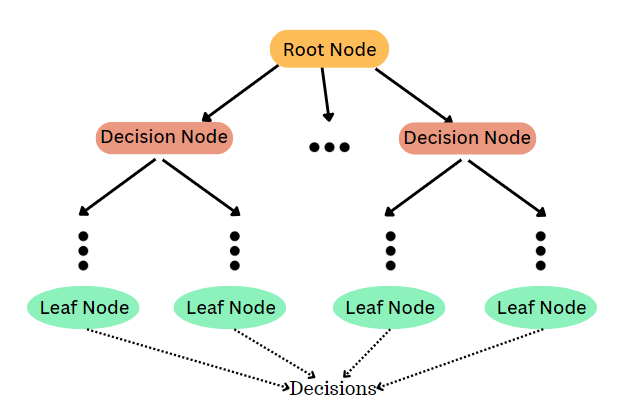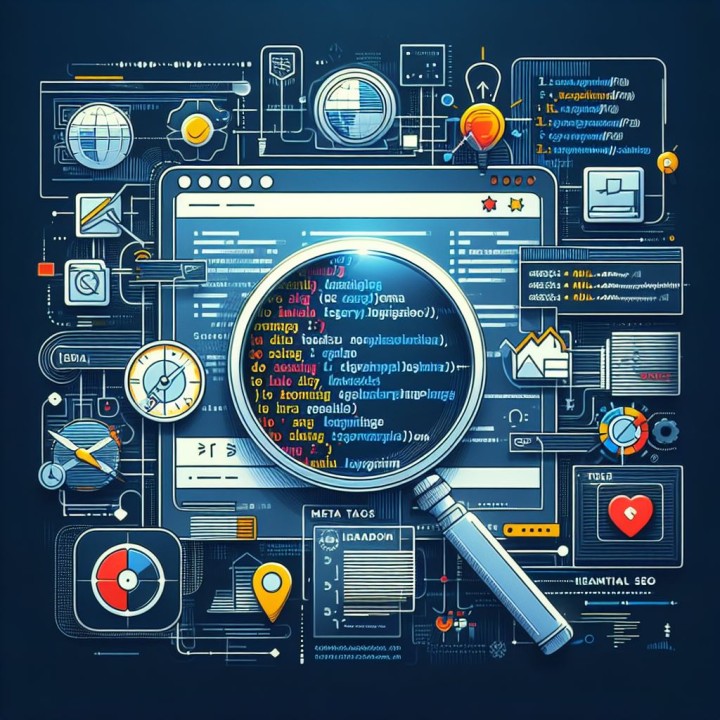Exploring Cutting-Edge AI Technologies
Artificial Intelligence (AI) is no longer just a concept from science fiction. It's a transformative force reshaping industries and enhancing our daily lives. From improving healthcare diagnostics to enabling autonomous vehicles, AI technologies are at the forefront of innovation. In this blog post, we'll explore some of the most cutting-edge AI technologies that are driving this revolution.
Overview of AI Technologies
AI technologies encompass a broad range of applications and disciplines, from machine learning to natural language processing and computer vision. These technologies aim to mimic human intelligence, enabling machines to learn from data and perform complex tasks autonomously.
Machine Learning (ML)
Machine Learning is a core subset of AI focused on developing algorithms that allow computers to learn from and make predictions based on data. Here are some key ML algorithms:
Key Algorithms
- Linear Regression: Used for predicting values based on a linear relationship between variables.
- Decision Trees: A model that uses a tree-like graph of decisions and their possible consequences.
- Support Vector Machines (SVM): A supervised learning model used for classification and regression tasks.
Deep Learning
Deep Learning, a specialized branch of machine learning, involves neural networks with many layers (hence 'deep') that analyze various forms of data.
Neural Networks
- Convolutional Neural Networks (CNNs): Excellent for image recognition tasks, CNNs use layers of convolutional filters to detect patterns.
- Recurrent Neural Networks (RNNs): Ideal for sequential data, such as time series or natural language, RNNs have connections that form directed cycles.
Natural Language Processing (NLP)
Natural Language Processing enables machines to understand, interpret, and generate human language. This technology is integral to many applications we use today.
Applications
- Chatbots: Automated systems that interact with users via text or voice.
- Sentiment Analysis: Identifies and categorizes opinions expressed in a piece of text.
- Language Translation: Converts text or speech from one language to another.
Computer Vision
Computer Vision allows machines to interpret and make decisions based on visual input. This field has numerous applications, from security systems to healthcare diagnostics.
Key Techniques
- Image Recognition: Identifying objects or features in an image.
- Object Detection: Locating and identifying objects within an image.
- Image Segmentation: Dividing an image into segments for easier analysis.
Reinforcement Learning (RL)
Reinforcement Learning involves training an agent to make a sequence of decisions by rewarding desired behaviors and penalizing undesired ones. It differs from supervised and unsupervised learning by focusing on long-term rewards.
Applications
- Game Playing: AI that can play and excel at games like chess and Go.
- Robotics: Training robots to perform tasks in dynamic environments.
- Autonomous Systems: Enabling self-driving cars and drones.
AI in Real-World Applications
AI technologies are being applied across various industries, driving innovation and efficiency.
Industry Examples
- Healthcare: AI assists in diagnosing diseases and personalizing treatment plans.
- Finance: AI algorithms detect fraudulent activities and automate trading.
- Retail: AI enhances customer experiences through personalized recommendations and inventory management.
Challenges and Ethical Considerations
While AI offers immense potential, it also presents significant challenges and ethical dilemmas.
Challenges
- Data Quality: Ensuring the data used to train AI models is accurate and unbiased.
- Computational Requirements: The need for high computational power and resources.
- Interpretability: Making AI decisions transparent and understandable.
Ethical Considerations
- Bias in AI: Addressing and mitigating bias to ensure fairness.
- Privacy Concerns: Protecting individuals' data privacy in AI applications.
- AI Governance: Establishing guidelines and regulations to oversee AI development and deployment.
Future Trends in AI Technologies
The future of AI promises even more exciting advancements and applications.
Predictions
- Enhanced AI Integration: More seamless integration of AI into everyday devices and systems.
- Advances in AI Research: Breakthroughs in unsupervised learning, quantum computing, and AI-human collaboration.
- Ethical AI Development: Growing emphasis on developing AI technologies that are ethical and socially responsible.
Conclusion
AI technologies are revolutionizing our world, driving innovation, and offering solutions to complex problems across various industries. By staying informed about these cutting-edge technologies, we can harness their potential to create a better future.
At SparkScribe Technologies, we are committed to exploring and advancing these AI technologies. Stay tuned to our blog for more insights and updates on the latest in AI.
















